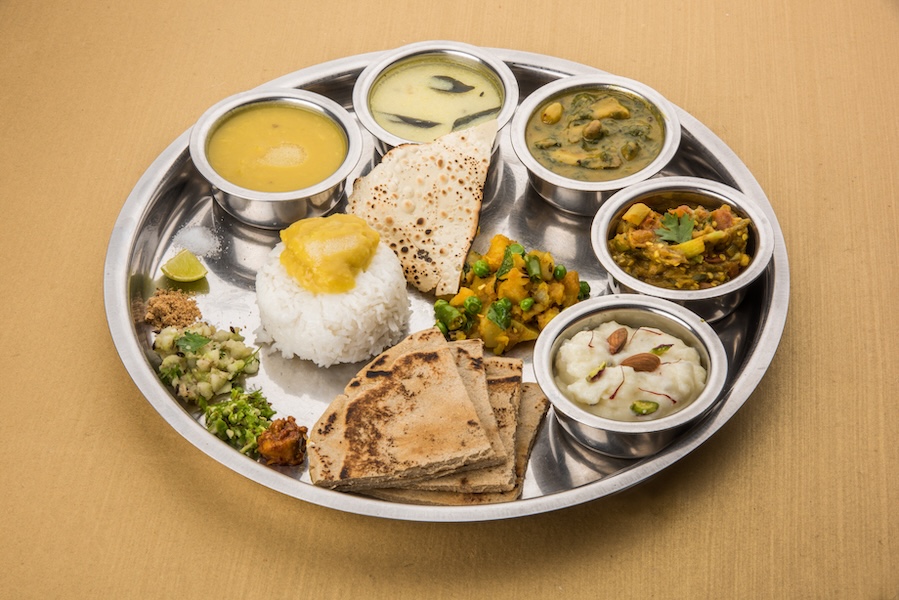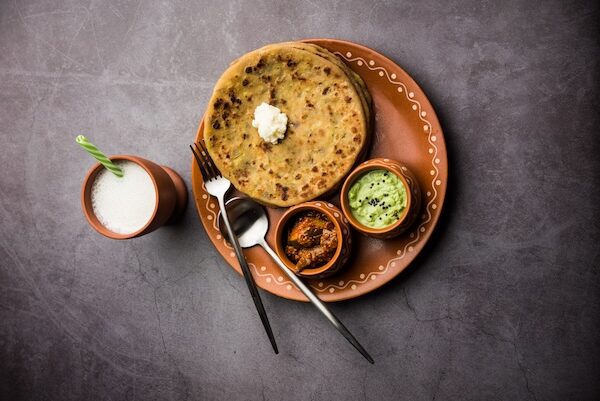The pandemic has snatched the word ‘travel’ from us. Until our doors can open again, the memories of our previous globetrotting experiences will have to tide us over. Memories of our wanderings across this slice of a magical country.
Cambodia is a country filled with beauty set against a backdrop of turbulent history. The first thing that comes to mind when I think of the country is the smiling faces of the locals, giving me their traditional Sampeah greeting and the sounds of the tuk-tuks. Filled with stories and culture, the cities of Phnom Penh and Siem Reap welcomed me with open arms and ushered me into their gorgeous lands.
The French-built city of Phnom Penh—once known as the Pearl of Asia—bustles with the sounds of both locals and tourists. The easiest mode of transport around the city is by tuk-tuk. While there are taxis, motorcycles and buses, the charm that comes with travelling around the city in a tuk-tuk is unparalleled. The busy bazaars and markets are loud with Khmer, the language that the local people speak.
One of my first stops in the city was the Royal Palace. The palace, with its sprawling open grounds and iconic high yellow walls, is open to the public except for the royals’ living quarters as it is still a residential palace. One of the main attractions is the elaborate Silver Pagoda. No photographs are allowed inside but it is truly a sight to behold. It is home to a life-sized Gold Buddha covered with a whopping 2,086 diamonds. The temple gets its name from the floor, which is covered with 5 tonnes of gleaming silver. After a round of exploring, I joined other tourists to relax in the cool grass shaded by the Moonlight Pavilion.
History Beckons
Next, I made my way to the Choeung Ek Genocidal Centre. It is strange to describe a place named the ‘Killing Fields’ as peaceful, but it was just that. It is quiet and hushed, even as heaps of people walk through them. Most, including myself, had our audio guides in, which served as a necessary reminder that the peace the land carries now has come at a cost that is too heavy to fathom. A symbol of one of the darkest times in Cambodian history, the fields, where the Choeung Ek Memorial Park stands, served as the site for mass graves and executions. Millions of people were tortured and killed on these lands during the Khmer Rouge regime and it was bone-chilling to be instructed that we might notice skeletal remains or teeth washed up by rains while we walk in the park.
But despite the horrors of the past, Cambodia refuses to lock its doors, and concede defeat. The city is loud in its welcome and has much to offer the tourists who make their way to Phnom Penh.
Food and Shopping
The Central Market is a must-visit for shopping and a healthy dose of Phnom Penh’s culture and people. It has four wings filled with shops and stalls selling gold and silver jewellery, antique coins, stationery and clothes, among other items. I purchased for myself a lovely krama, a checked scarf that is a traditional Cambodian garment commonly sold in the market. There are also a number of food stalls in this busy bazaar that sell street food delicacies. I also enjoyed my long walks down Sisowath Quay, a charming riverside promenade dotted with shops, cafes and restaurants.
The Khmer cuisine was a whole new experience for me. Some of my favourite new finds were the fish amok curry with its delicious coconut cream, and beef lok lak served with rice. There were some adventurous dishes on the menu at Romdeng, including deep fried tarantula, which I just could not muster up the courage to eat.
Romdeng is a lovely restaurant set in a French Colonial villa overlooking tropical gardens and a pool. This restaurant is run by members of an NGO which provides lifesaving support and vocational training to disadvantaged youths. Some of my favourite street food finds in the city were the delicious Yakitori chicken skewers that I picked up from the stall at Street 123 and the breakfast soup Kuy Teav.
Siem Reap
A short plane ride away from Phnom Penh awaited Siem Reap, the gateway to the temples of Angkor. One of the sights I was most looking forward to visiting was Angkor Wat, the prestigious temple complex that is also a UNESCO World Heritage Site. After the pleasantly shaky tuk-tuk ride to the temple at 4am, my guide insisted that we take the East Gate.
It was only as he handed me a small torch and began walking me down a dusty, narrow path that I began to second guess the decision. However, after a short wait in the darkness, sunrise came. My torch fell aside, forgotten, and I sat in awe, watching the majestic temples outlined against the sky that was coming to life. The East Gate is quiet and relatively undisturbed as most tourists flock to the lotus pond at the West Gate. Sitting there in the silence, with the cool, morning air against my skin was a once-in-a-lifetime experience. The temple itself is mesmerising, with 3,000 apsaras (heavenly nymphs) carved into the walls and bas-relief carvings that depict historical events and stories from mythology. Be sure to set aside an entire day to explore the vast and detailed Angkor complex.
My personal favourite has to be the ancient Ta Prohm temple, swallowed up and locked in by giant trees and their root systems. If you are a Tomb Raider fan, you are sure to recognise this temple from the movie. The temple has many narrow corridors, giving it a maze-like effect, although several are impassable. There is a greenish hue to the entire structure, as it stands part of the jungle, untouched by modern life. Next was Angkor Thom, the remnants of an elaborate, ancient city. It contains many temples including the Terrace of the Elephants, Phimeanakas and I ended the day with sunset at the Bayon temple. When I think of my trip, the memory of those 200-odd striking, smiling faces on the towers of the Bayon is one of my favourites.
At the end of it, this resilient country and its lovely locals are sure to forge a place in your heart.
Best time to visit
November to March
Climate
Tropical
Must-Visits
Choeung Ek Memorial Park, Ta Prohm, Central Market, Angkor Wat, National Museum of Cambodia


